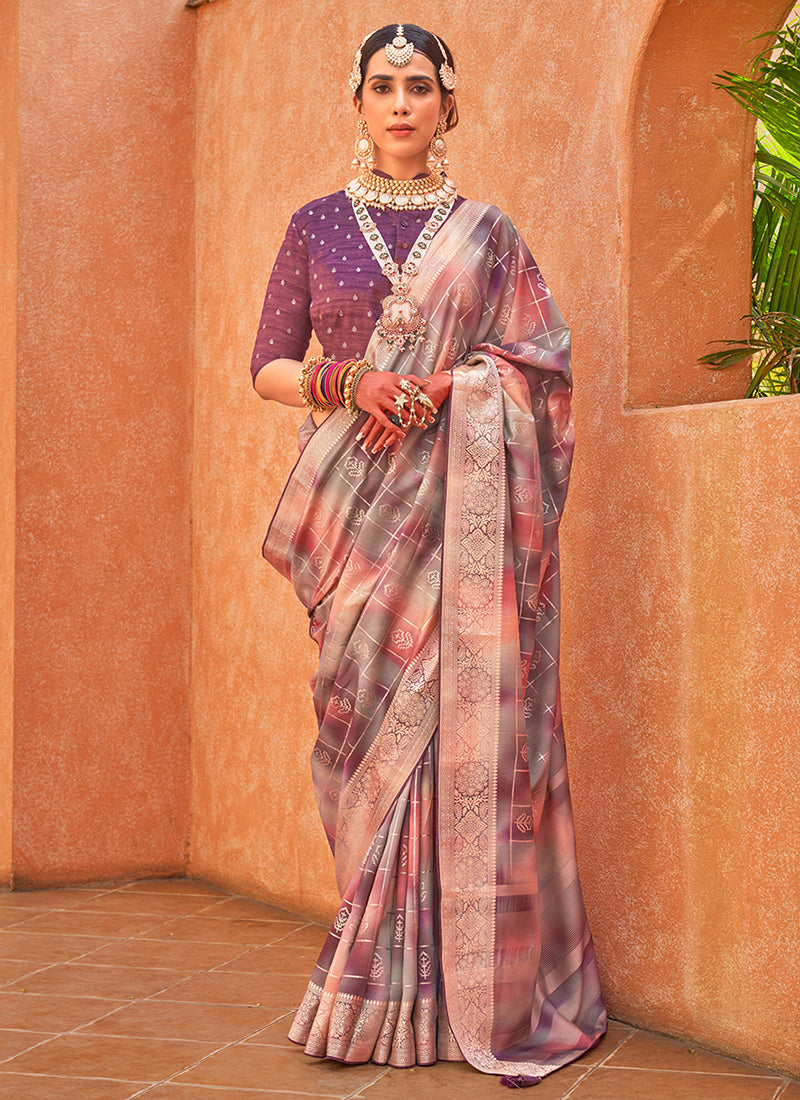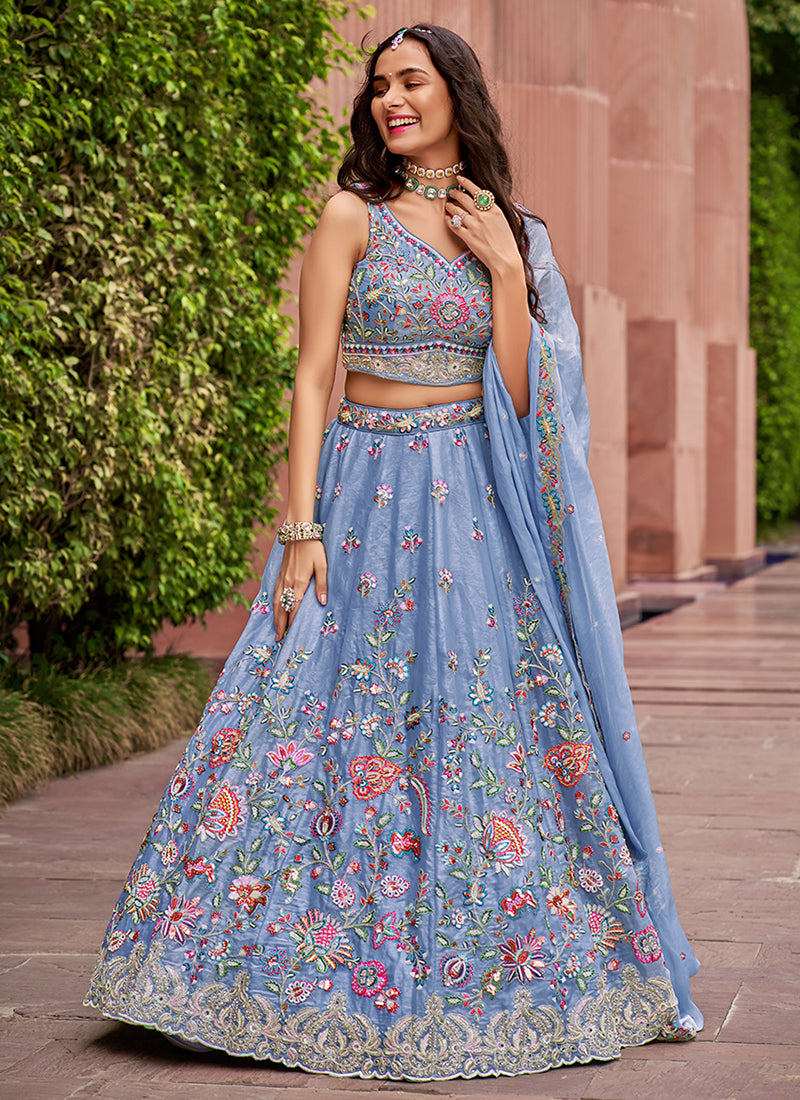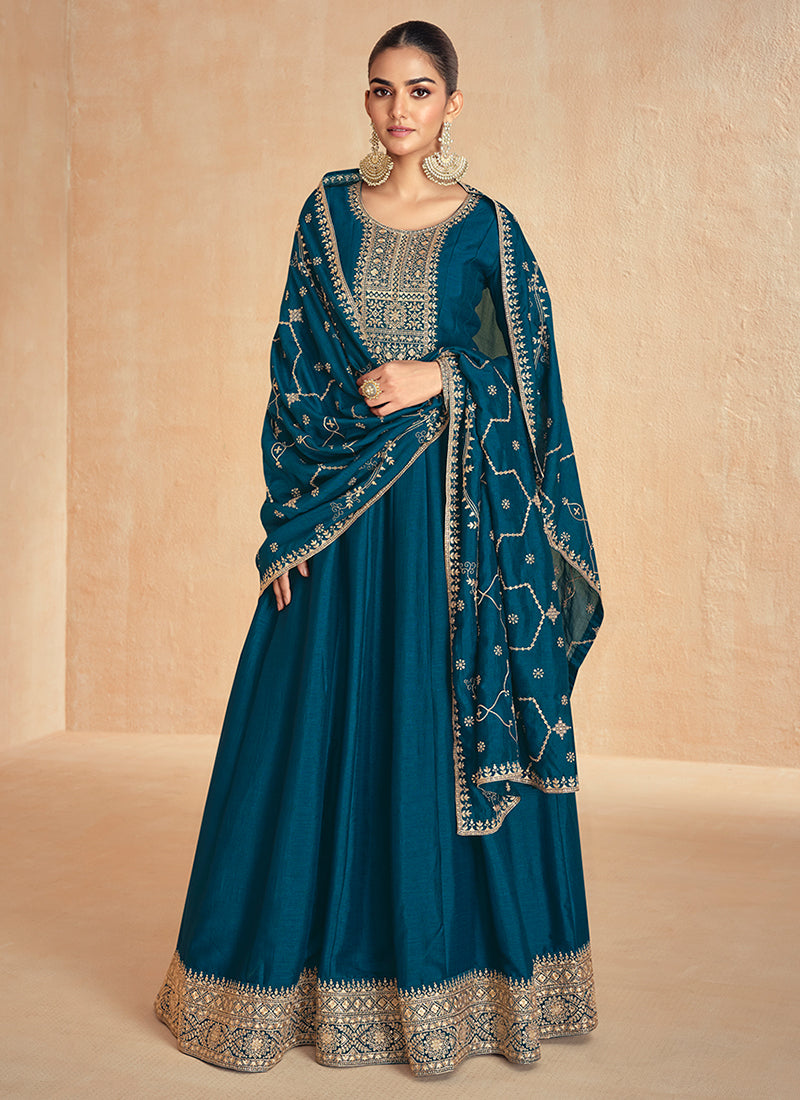Indian fashion is as diverse as its culture, encompassing a rich tapestry of styles, fabrics, techniques, and regional influences that have evolved over thousands of years. Traditional Indian fashion is not merely a matter of clothing; it reflects the country’s social structures, spiritual beliefs, and a vibrant, evolving heritage. Whether it’s the ornate saris of the South, the elegant sherwanis of the North, or the colorful turbans of Rajasthan, traditional Indian fashion encapsulates history, tradition, and artistry.
Let’s explore the essential elements of traditional Indian fashion and understand what makes it so unique and deeply rooted in the cultural fabric of the country.
1. Saree: The Quintessential Traditional Garment
The saree (or sari) is perhaps the most iconic representation of traditional Indian fashion. This unstitched garment, typically around 6 to 9 yards long, is draped around the body in various styles, depending on regional traditions. Worn with a blouse (choli) and a petticoat underneath, the saree is a versatile and timeless piece of clothing that transcends age, occasion, and season.
The saree's appeal lies not only in its elegant simplicity but also in the myriad fabrics and designs used in its creation. From rich silk sarees with intricate handwoven patterns in Kanjivaram, Banarasi, and Mysore, to light cotton sarees adorned with block prints, the saree represents India's expertise in textile design and craftsmanship.
2. Salwar Kameez: Comfort and Tradition Combined
Another hallmark of traditional Indian fashion is the salwar kameez, which consists of a long tunic (kameez), loose-fitting trousers (salwar), and a matching scarf or shawl (dupatta). Originating from the Mughal era, this ensemble became immensely popular across the Indian subcontinent due to its combination of comfort, elegance, and modesty.
The salwar kameez is versatile, with variations in design, cut, and embroidery from region to region. In Punjab, it’s often paired with a dupatta draped over the shoulder or head, while in the South, it’s common to wear the set with a simpler, more fluid look. The salwar kameez has also adapted to contemporary fashion, with variations like the churidar, which features a tighter fit around the legs, and the anarkali, a long, frock-style kameez.
3. Lehenga Choli: The Bridal Ensemble
The lehenga choli is a traditional Indian outfit commonly worn at weddings, festivals, and other ceremonial events. The lehenga is a long, flared skirt, typically embellished with intricate embroidery, sequins, or mirror work. Paired with a choli (blouse) and a dupatta (scarf), this outfit exudes luxury and elegance, making it a popular choice for brides in India.
The lehenga’s design and fabric vary according to the region, from the heavily embellished lehengas of Rajasthan to the simpler, yet equally stunning, creations in Gujarat or Maharashtra. Brides often choose rich fabrics like silk, velvet, or brocade, and the use of gold, silver, and colorful threadwork adds to the garment's grandeur.
4. Textiles and Fabrics: A Celebration of Craftsmanship
One of the most defining elements of traditional Indian fashion is the wide range of textiles that have been crafted and perfected over centuries. India is known for its luxurious and diverse fabrics, each imbued with cultural and historical significance.
-
Silk: Famous for its softness and sheen, Indian silk, particularly from places like Kanchipuram, Banaras, and Mysore, is used to create some of the country’s most prized garments, such as sarees and lehengas.
-
Cotton: India is one of the world’s largest producers of cotton, and the fabric is used to create a wide variety of traditional attire, especially in summer months. Cotton sarees, salwar kameezes, and kurtas are known for their comfort and breathability.
-
Wool: In regions like Kashmir, the intricate weaving of wool into shawls such as the Pashmina is an example of India’s fine craftsmanship. These shawls are considered one of the finest textiles in the world.
-
Khadi: This handwoven fabric, originally popularized by Mahatma Gandhi as a symbol of self-reliance during India’s independence struggle, remains an emblem of traditional Indian fashion. Khadi is made from cotton, silk, or wool and represents the country’s emphasis on sustainability and craft.
-
Bandhani & Tie-Dye: Popular in Rajasthan, Gujarat, and parts of Maharashtra, Bandhani (tie-dye) is a textile technique where fabric is tied and dyed using natural or synthetic dyes, creating intricate patterns. This art form has been passed down for generations.
5. Embellishments and Embroidery
Indian garments are often richly adorned with embellishments and embroidery, elevating even the simplest of outfits into works of art. Some of the most famous forms of embroidery include:
-
Zardozi: A form of hand-embroidery involving gold and silver threads, Zardozi is used to decorate high-end garments like bridal sarees and lehengas.
-
Kashida: This style of embroidery hails from Kashmir and is known for its needlework, depicting motifs like flowers, animals, and geometric designs.
-
Chikanari: This delicate form of embroidery from Lucknow is characterized by intricate floral patterns, often done with fine threads on soft fabrics like muslin.
-
Mirror Work: Often seen in traditional Rajasthani and Gujarati clothing, small mirrors are sewn onto garments, creating a dazzling effect, especially under the sun.
6. Jewelry: The Perfect Finishing Touch
Jewelry plays a vital role in traditional Indian fashion. Indian women adorn themselves with an array of beautiful ornaments, each designed to complement their outfits. The types of jewelry vary greatly across regions, but some common pieces include:
-
Maang Tikka: A traditional headpiece worn by brides and women during festivals, usually positioned on the forehead.
-
Nose Ring/Nath: A large ring worn on the nostril, often associated with weddings or cultural festivals.
-
Bangles: Worn in multiples, bangles are a symbol of marriage, fertility, and prosperity. In many Indian cultures, women wear bangles made from gold, glass, or even silver, and these are often decorated with intricate designs.
-
Necklaces and Earrings: From simple gold chains to elaborate kundan or polki sets, necklaces and earrings are a statement of elegance in Indian fashion.
7. Footwear: Traditional Yet Trendy
Traditional Indian footwear, such as mojris and juttis, are often crafted from leather or fabric and adorned with embroidery or beading. These shoes are worn with many traditional outfits, including sarees and salwar kameez. The footwear is not just functional; it is an important part of the overall aesthetic and cultural identity.
Conclusion
Traditional Indian fashion is a celebration of the country’s diverse cultures, rich history, and unparalleled craftsmanship. The essential elements, from the saree to the salwar kameez, lehenga choli, intricate textiles, and elaborate jewelry, all work together to create a unique and enduring style that transcends time. With its emphasis on creativity, individuality, and the art of weaving and stitching, Indian fashion continues to thrive and evolve, blending traditional techniques with contemporary sensibilities. Whether it’s worn for a wedding, festival, or everyday occasion, traditional Indian fashion remains a powerful expression of beauty, culture, and tradition.













